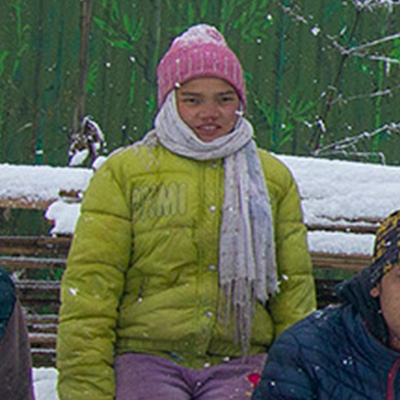Conservation Efforts
Habre's Nest for Conservation (W.A.T.E.R.)
(Reg No. Q-P-157707117)
Wildlife Awareness Trust for Environment & Research (W.A.T.E.R.) is our newly formed trust. Habre’s Nest is sharing 20% of it’s profit with W.A.T.E.R. for the conservation work on Red Panda and it’s habitat.







Medical Camp for Villagers
For the First time in history Medical services are provided to the people of this area in their villages. W.A.T.E.R. has done medical camp in 11 villages around our Red Panda Habitat. And in the coming phases we will be covering rest of the villages in the Red Panda habitat of Tinchule-Singalila range. In the first phase 3 doctors along with 3 asst have come from Kolkata (R. G. Kar Medical Collage & Hospital). We have visited almost all the villages possible to reach by Landrover. The response was very positive. In many ways this event was remarkable.

Dog Vaccination Camps
Dogs are one of the main threats to Red Panda & It’s habitat for number of reasons. Rabis, Canine Distemper and Hunting of Wild Animal including Red Panda. Though these problems were identified before but no substantial work have done towards it. Therefore we have focused in this area carefully, and today we have done Dog vaccination camps in 15 villages (around 117 dogs) in 2 phases. Soon we will be covering 95% of the dogs in the Red Panda Habitat. We are doing it the scientific way with the help of Animal Welfare Board officers.

Green Village movement
Green Village Movement that we have started is about using alternative source of energy to Firewood. One of the most important aspects is saving trees and keep the habitat intact; unfortunately no one is addressing them, eventually hundreds of trees are getting cut every year in the Prime Red Panda Habitat. Therefore, we have started a movement. Now we are doing awareness camps and also providing them alternate source of energy to help start with. In a green village, no one will cut trees and use LPG gas and solar instead. To start with, we made Kaiakata Green since Sep’16

Habitat Restoration
One good news is, now many people have understood the importance of planting trees and working in that direction. But then here we are missing an important aspect; only by planting trees it will take a long time for the habitat to restore itself. Therefore, we have started restoring the whole habitat. You can say, making a copy of the habitat adjacent. This is a much effective way of restoration. Kaiakata is the first point we have started restoring the lost.

Awareness Camps
The most powerful and sustainable way of any effort is by education and awareness. This a long and time taking process and awareness camps once in a while helps a little. So, we have taken another method of doing the same. Due to our everyday field job we are connected with people in almost every village in this habitat. So, we do awareness campaigning everyday in different aspects of life

Skill development Camp for Guides, Porters & Drivers
Over 95% tourist visits Singalila National Park is primarily for trekking. So, naturally the wildlife guide material is almost not present. Therefore from now on we will be training the guides and porters of this area to be sensitive and informative about the ecosystem around them.

Local Employment
We believe unless the people of nature is independent of the forest, it can not be conserved. So, we have focused on this aspect and eventually around 25 peoples livelihood is involved with this Habre’s Nest Project

Women Empowerment
Women empowerment is also one important aspect, especially in this region because they take the charge. We are empowering women by involving them in Red Panda conservation.
Responsible Tourism
20% of all profits generated will directly go into the conservation of the Red Panda and its habitat. All the staff that we employ are local thereby giving them an alternate livelihood from wildlife tourism.
